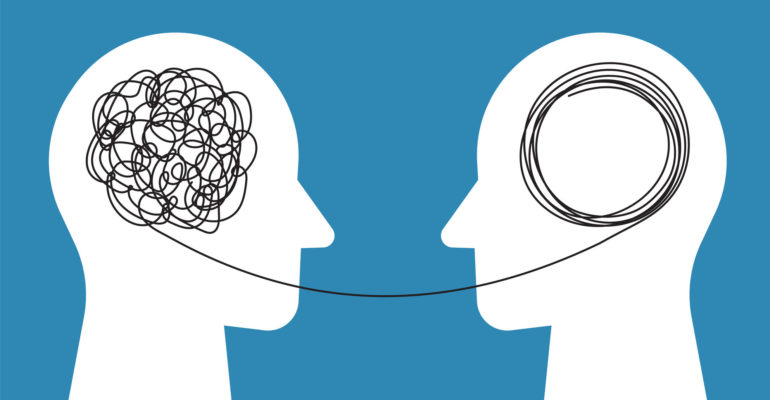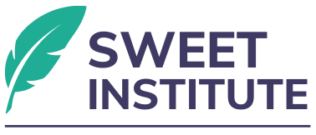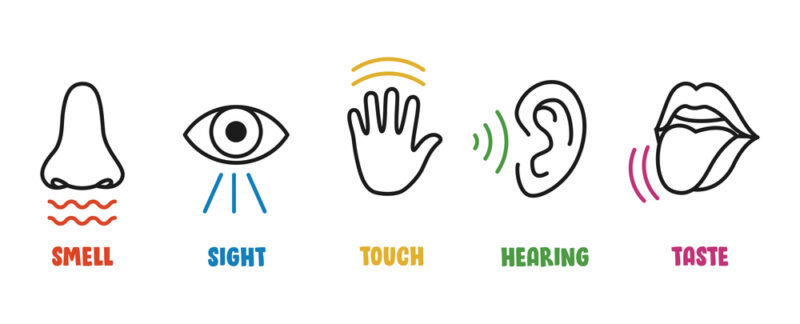Unlocking the Subconscious: Hypnotic Language and the Milton Model

Unlocking the Subconscious: Hypnotic Language and the Milton Model
“People don’t resist change. They resist being changed.” – Milton Erickson
Have you ever offered a brilliant insight, only to watch a client shut down or deflect? It’s not always what we say—it’s how we say it. In week 5 of NLP for Clinicians session, we’ll explore a different approach to change: one that bypasses “resistance,” softens defenses, and invites the subconscious mind to do what it naturally wants to do—heal.
This is the power of the Milton Model, a core component of NLP based on the work of psychiatrist and hypnotherapist Milton Erickson. Unlike the precision-based Meta-Model, which uses direct questions to challenge distortions, the Milton Model uses artfully vague, permissive, and indirect language to evoke internal exploration, bypass resistance, and activate the imagination.
What Is the Milton Model?
The Milton Model is sometimes called “hypnotic language” because of its ability to create trance-like receptivity.[1] It’s not about manipulation or control—it’s about creating space for inner wisdom to emerge without confrontation.[2]
Key features include:
- Embedded commands: “You may begin to feel calmer now…”
- Pacing and leading: “As you sit here reading this, you might start to notice…”
- Metaphor[3] and storytelling: Healing through symbolism
- Tag questions: “You’re starting to feel more confident now, aren’t you?”
- Open-ended vagueness: “You’ll discover what’s right for you, in your own way, in your own time…”
These patterns invite the listener to fill in the gaps, access personal meaning, and engage at a subconscious level.[4]
Why It Matters in Clinical Work
Many clients—especially those with trauma, rigid defenses, or resistance—respond better to invitation than instruction. The Milton Model honors autonomy while still guiding transformation.
Where the Meta-Model uncovers and clarifies, the Milton Model soothes, seeds, and suggests. Together, they form a powerful clinical balance.[5]
Imagine a client saying, “I don’t think I can ever trust anyone again.”
Instead of disputing that directly, you might respond:
“That makes sense… and somewhere inside, the part of you that’s protected you all this time might also want rest. It may be time for something new to begin—even if you don’t yet know what it is.”
This response validates, bypasses resistance, and plants the seed of possibility—without forcing it.
A Clinical Example
A client struggling with anxiety over a major decision keeps spiraling. Instead of analyzing further, the clinician says:
“There’s a part of you that already knows what feels aligned. And sometimes, we don’t need to rush the knowing—we just need to make space for it to come forward.”
The client pauses, breathes deeply, and says, “That actually helped.” Why? Because the clinician spoke to the whole person, not just the problem.
Clinician Reflection
This week, notice where you tend to over-explain or over-direct. What happens when you soften your language, allow pauses, or introduce a metaphor?
Sometimes the deepest healing comes not from clarity, but from permission to discover.
[1] Burton, John, and Bob G. Bodenhamer. Hypnotic language: Its structure and use. Crown House Publishing, 2009.
[2] Bhaskara, M. Surya, and Ichsan Malik. “Conflict Management through Neuro-Linguistic Programming (NLP) Approach.” International Journal of humanities education and social sciences 4.1 (2024).
[3] Hammond, D. Corydon, ed. Handbook of hypnotic suggestions and metaphors. WW Norton & Company, 1990.
[4] Mills, Joyce C., and Richard J. Crowley. Therapeutic metaphors for children and the child within. Routledge, 2014.
[5] Erickson-Klein, Roxanna, and Daniel Short. “The Contributions of Milton Erickson to Modern Clinical Hypnosis.” The Routledge International Handbook of Clinical Hypnosis. Routledge, 2024. 57-72.








